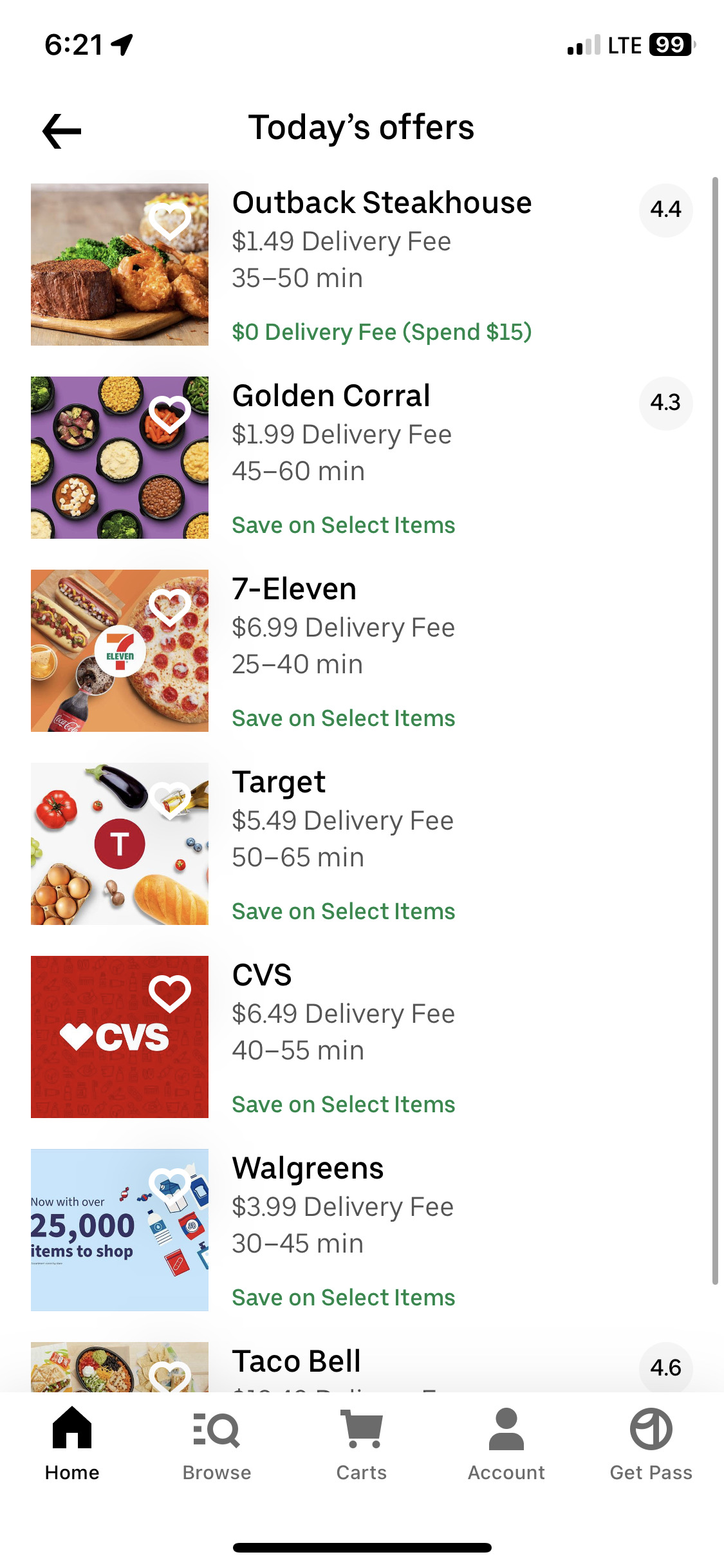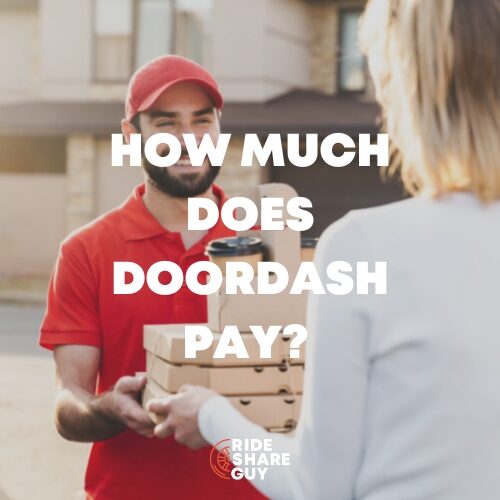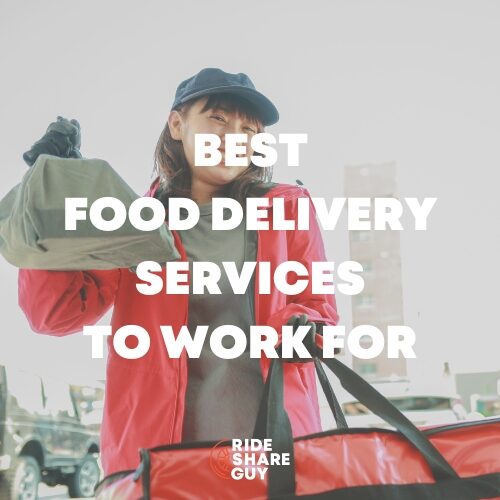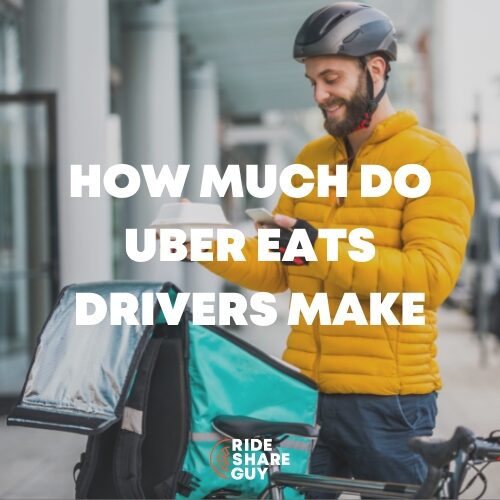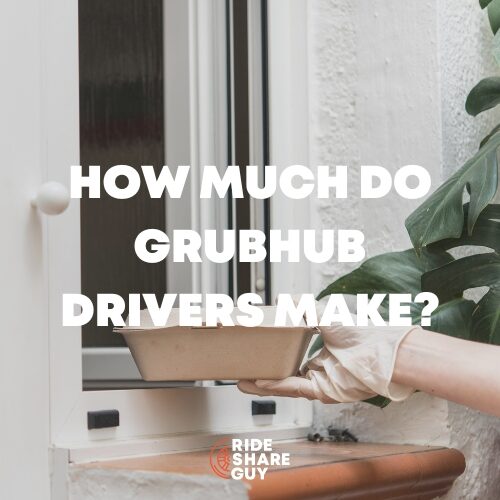Have you encountered a scam while being an Uber Eats driver, whether it be the customer trying to do something slick so they can get their food for free or just missing out on certain money that you should have been paid? I’m going to give you four commonly-known Uber Eats scams that you should be looking to avoid.
I’m also going to share exactly how you can avoid getting scammed so that you can get compensated for your hard work as a driver.
It’s very key that you’re aware of these scams and that you know how to avoid these scams if you find yourself in these situations.
4 Uber Eats Scams to Avoid
- The Change of Address Scam
- Customer Says You Didn’t Deliver Their Food Scam
- Fake Uber Eats Customer Support Scam
- Customer Picks Up the Food Before You Do Scam
1. The Change of Address Scam
The first type of scam some of us may already know very well, and for those of you who have never used Uber Eats as a customer before, this is a screenshot of the customer app.
As you see, it has a time guarantee that you’ll get the food within this amount of time, and if Uber Eats can’t guarantee you’ll get the food within a certain time, then you can’t order from that restaurant because you’re out of range.
Legitimate Case
First, let’s start off with the legitimate case. Some customers may legitimately forget to update their address so when you’re on your way to the restaurant or maybe even afterward they’ll contact you to let you know, “Hey I didn’t put the right address in there for my work address”.
Scam Case
Other times it’s some people actually trying to game the system because there might be a restaurant that’s six miles away but they can’t get the food delivered there so they’ll put their work address just two miles away from the restaurant.
Once that happens then they can order and then get in contact with you saying, “Hey I put the wrong address. Bring it to this address instead.”
Uber Rewrote Their Policy
Uber got tired of dealing with this so they actually rewrote their policy that they’re not going to deliver food out of range of that particular restaurant. That gives you as a driver some options.
The reason this was a problem before is that you could drive 10 miles away at the new location but you only get paid for those two miles because that’s the address that was entered into Uber.
And customers might say they’ll tip you extra, but we know how that goes.
Uber’s policy now states that if it’s not within the delivery range, then they’re not going to do it. And for you as a driver, Uber will compensate you based on the current address that’s in the system.
For this particular scam, in both cases, you want to go ahead and contact Uber Eats support and let them know what you want to do.
If it’s within range, you’ll have the option to take it to the new address and get an extra four bucks. Or say no and have them cancel the delivery and you just move on to the next one receiving payment for what’s already in the system.
I’m not going to say which one is right or wrong. It really depends on the situation.
2. Customer Says You Didn’t Deliver Their Food Scam
The second scam that’s been going around on Uber Eats and can kind of bite you in the butt as a driver – customers have been reporting that they haven’t been getting their food.
This scam is due to this new system brought about because of the pandemic.
Uber Eats has had contactless deliveries for a little while now. This results in you just leaving the food at the front door or wherever the customer says.
Strangely enough, Uber Eats has the option to take a picture, but they also have the option to skip taking a picture, which is a little weird. I don’t know why it wouldn’t just strictly be required, but some drivers are skipping taking the picture.
I’m an Uber Eats customer so I can attest to this, about 60% of drivers actually take the picture, and then the copy of the receipt on my end shows that they took the picture as proof, but 40% don’t and some customers are using that to try and get free food or discount on the next order.
They say, “Oh I never received the food” and Uber’s going to look at that picture. If there’s no picture you’re kind of building a case against yourself. Don’t skip out on taking that picture. I don’t know why anyone would want to skip it in the first place. It takes an extra maybe 10 to 15 seconds.
Look at it as an insurance policy against customers who are trying to scam to get free food or discount, because we know there are some people out there that will try and do that kind of thing.
3. Fake Uber Eats Customer Support Scam
The fake Uber Eats support scam is a type of social engineering attack where a scammer pretends to be from Uber Eats support to gain access to your account.
It typically starts with the scammer placing a small order at a restaurant, then calling the driver and pretending to be from Uber Eats support.
The scammer will use the order details to convince the driver that they work for Uber Eats and then ask for the driver’s login details and two-factor authentication codes.
With this information, the scammer can access the driver’s Uber Eats account and change their bank information, allowing them to cash out the driver’s balance.
Another variation of this scam involves the scammer calling the driver and offering a bonus, asking for the driver’s account information to claim it. Some drivers may give away their information without realizing what’s happening.
How to Protect Yourself
To avoid falling victim to the fake Uber Eats support scam, follow these tips:
- Never give out your account information. Uber will never ask you for your account or login information, so if someone claiming to be from Uber Eats support asks for it, it’s a red flag. Hang up and contact Uber Eats support immediately.
- Beware of bonus offers. If someone offers you a bonus, be skeptical. Don’t give out your account information without verifying the legitimacy of the offer.
- Verify the call. If someone claims to be from Uber Eats support, ask for their name and call back using the number listed on the Uber Eats app or website. If the call is legitimate, the person on the other end should be able to provide you with the same information they gave you earlier.
- Report suspicious activity. If you suspect you’ve been targeted by a scammer, report it to Uber Eats support immediately. They can cancel the order, pay you for the order, and ban the scammer’s account.
4. Customer Picks up the Food Before You Do Scam
This is when a customer orders through DoorDash, arrives at the restaurant before you do, and picks up the food using their own name as if they were the Uber Eats driver.
When you arrive at the restaurant, the staff may inform you that the food has already been picked up by another driver, not realizing that it was actually the customer who took it. This results in you losing out on the payout, while the customer enjoys a free meal.
Conclusion
These are instances where money is on the table, and oftentimes you end up losing money because of the circumstances, with the case in the second scam, if Uber thinks you really are stealing food, that’s building the case for you to get deactivated.
Be sure to protect yourself from losing money or deactivations by dealing with these situations accordingly.
